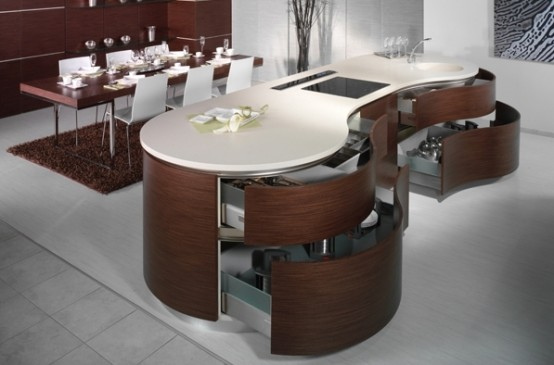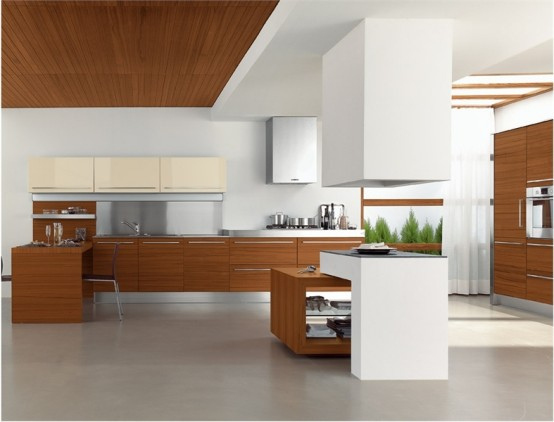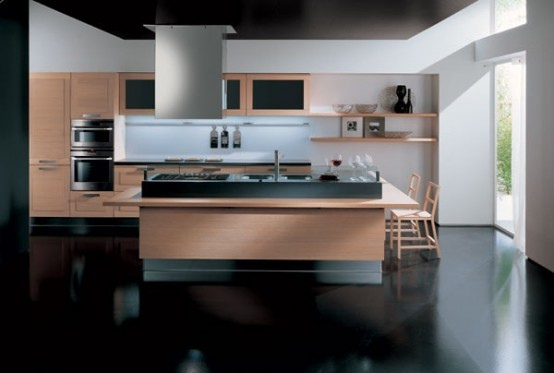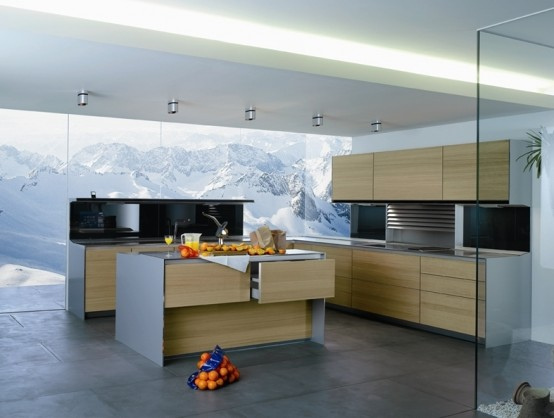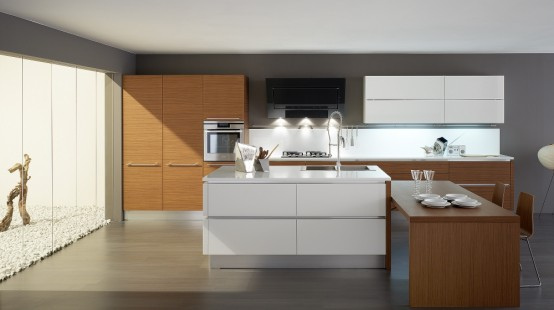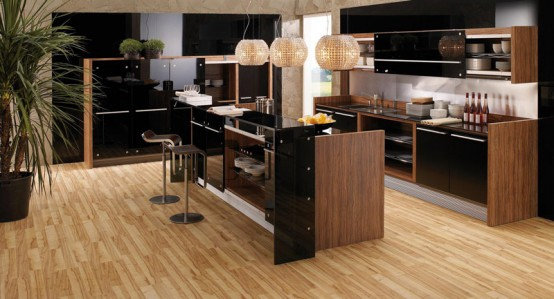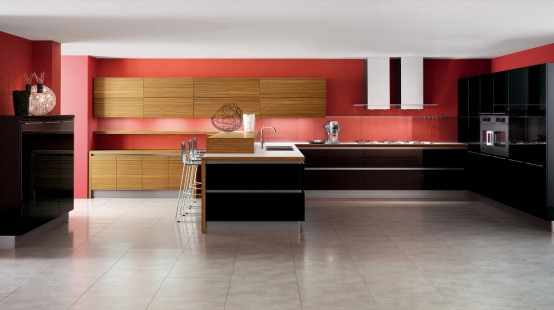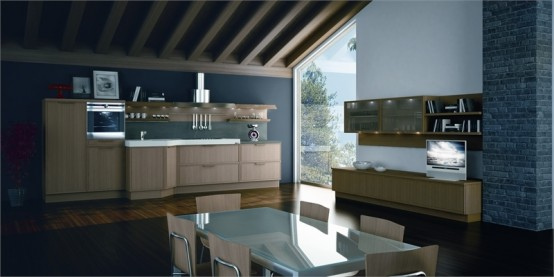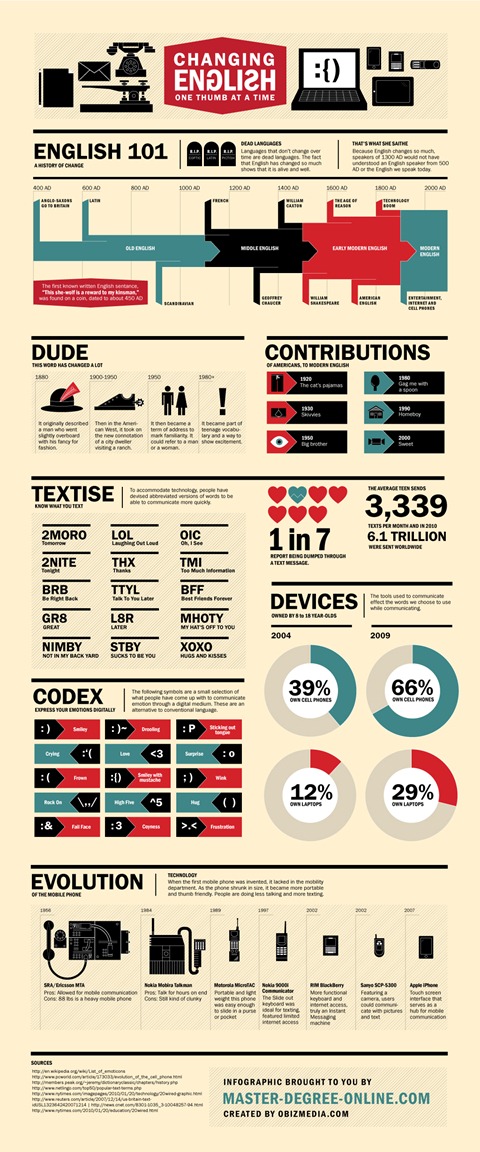 These roof allotment gardens are a great example of cool green architecture elements.
These roof allotment gardens are a great example of cool green architecture elements.
When you think of green architecture, do you picture a sleek, energy-efficient but boring-looking building? You shouldn’t. Not only can green architecture help protect the environment and reduce energy costs for the building’s occupants, it can also lead to some amazing design!
Green architecture is an emerging field that focuses on using low impact materials to create a completed structure that’s energy efficient and environmentally friendly [source:Environmental Protection Agency]. Green buildings can vary from simple structures made from natural materials to more technologically focused designs that use elements like solar panels to reduce the building’s impact.
Unlike conventional architecture, part of designing a green building is taking the structure’s impact into account. That means not only looking at the building materials’ environmental impact, but also considering elements like indoor air quality and water and energy conservation.
Just as with any other sort of design, green building can range from the utilitarian to the absolutely gorgeous [source: Proefrock]. You might associate green architecture with things like plastic rain barrels or solar panels that clash with the design of the home, but green design has come a long way. Check out these five amazing elements of green architecture.
Read the rest here.
Striepe, Becky. "5 Amazing Elements of Green Architecture" 13 September 2011. HowStuffWorks.com. 07 October 2011.




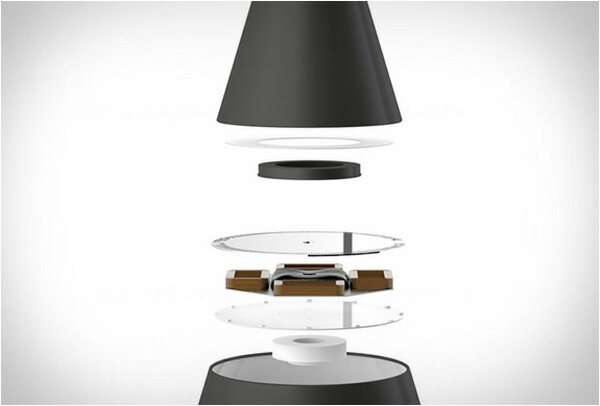







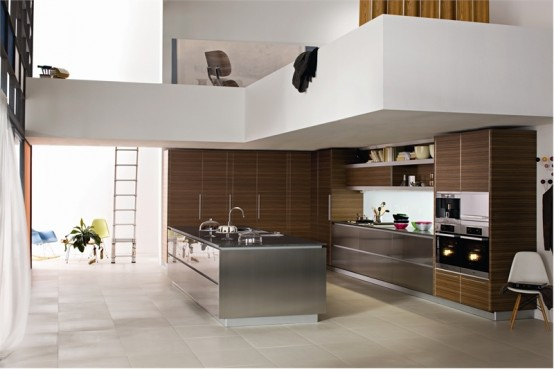 The modern kitchens are designed to offer various options and functionality for different customers demands. Modern kitchens are in a range of colors and styles. Cabinets colors are an important element of modern kitchen design. Most of them have less storage space and tend to use design elements of innovation.
The modern kitchens are designed to offer various options and functionality for different customers demands. Modern kitchens are in a range of colors and styles. Cabinets colors are an important element of modern kitchen design. Most of them have less storage space and tend to use design elements of innovation.

